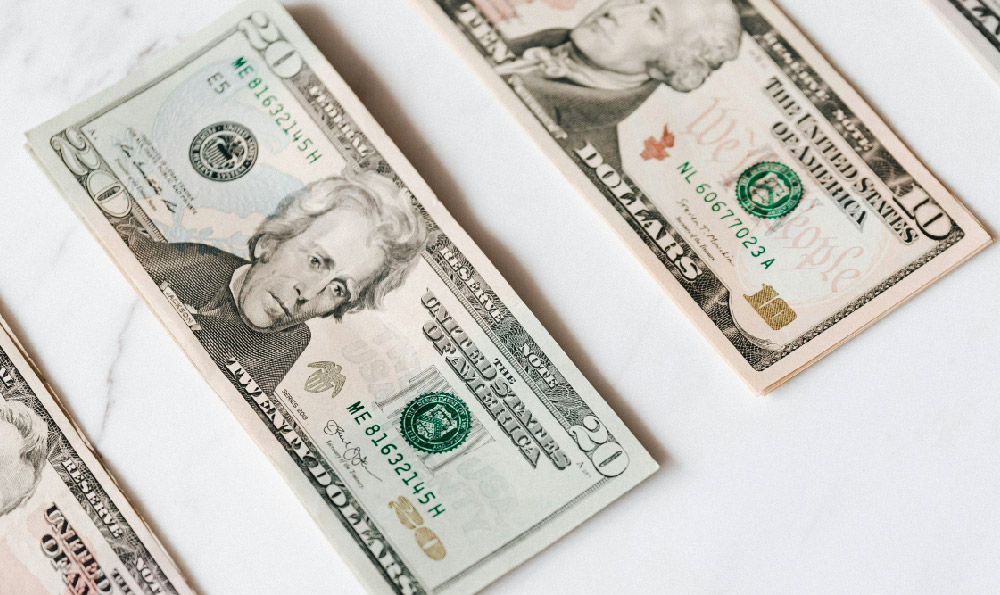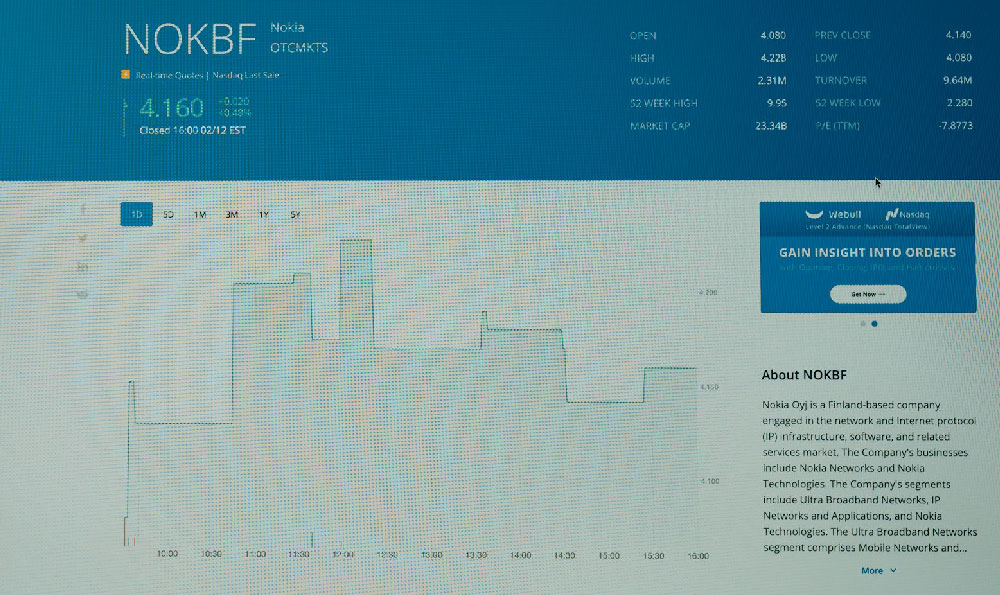
Okay, I'm ready. Here's an article answering the question of how Fortnite generates revenue, focusing on its income streams and aiming for a detailed and engaging explanation.
The Phenomenon of Free-to-Play: Unpacking Fortnite's Revenue Engine
Fortnite, the cultural juggernaut that has captivated millions worldwide, is often lauded as a prime example of the free-to-play (F2P) business model done right. But how exactly does a game offered seemingly without cost to players generate billions in revenue? The answer lies in a complex ecosystem of carefully designed monetization strategies that prioritize player enjoyment while creating compelling opportunities for spending. Far from being a simple case of "buy-to-win," Fortnite’s revenue model hinges on cosmetic items, battle passes, subscriptions, and strategic collaborations.

At the heart of Fortnite’s financial success is the sale of cosmetic items. These digital goodies range from character skins and back blings (backpacks) to pickaxes, gliders, and emotes (dances and gestures). What sets these apart is that they offer purely aesthetic enhancements, providing no competitive advantage in gameplay. A player with a rare and expensive skin is no stronger or faster than a player using a default character. This is a crucial element of Fortnite’s ethical monetization. Players are never pressured to spend money to remain competitive, ensuring a fair and balanced playing field for everyone, regardless of their willingness to pay.
The sheer variety and constant rotation of cosmetic items in the Item Shop creates a sense of urgency and encourages impulse purchases. New skins are frequently released, often themed around current events, popular movies, or even community-created designs. Limited-time availability further fuels demand, as players fear missing out on a desired item that may not return for months, if ever. This scarcity, combined with appealing designs and strong marketing, drives significant revenue. Furthermore, the desire for self-expression and customization is a strong motivator, with players eager to personalize their in-game avatar and showcase their individual style. The social aspect plays a significant role as well; players want to stand out from the crowd and impress their friends.
Another major pillar of Fortnite’s revenue is the Battle Pass. This tiered reward system offers a wealth of cosmetic items and other in-game goodies, accessible to players who complete challenges and progress through the pass. While a free version exists with limited rewards, the premium Battle Pass, costing around $10 (or equivalent V-Bucks, the game's virtual currency), unlocks a significantly greater array of content. The Battle Pass operates on a season-based system, meaning that new passes are released roughly every three months, coinciding with major in-game events and updates. This continuous flow of fresh content keeps players engaged and incentivizes them to purchase each new pass to unlock the exclusive rewards.
The brilliance of the Battle Pass lies in its engagement-driven design. Players must actively play the game and complete challenges to unlock the full potential of the pass. This not only encourages regular gameplay but also fosters a sense of accomplishment as players progress through the tiers and unlock new items. Furthermore, many challenges are designed to encourage players to explore different aspects of the game, further enriching their overall experience. The Battle Pass acts as both a revenue stream and a powerful tool for player retention.
In addition to cosmetics and the Battle Pass, Fortnite has also experimented with Fortnite Crew, a monthly subscription service. This service provides players with a recurring bundle of V-Bucks, exclusive skins, and access to the current Battle Pass. It essentially offers a discounted rate on these items compared to purchasing them separately, appealing to dedicated players who frequently spend money in the game. This subscription model provides Epic Games with a predictable and recurring revenue stream, further solidifying their financial stability.
Beyond the core in-game purchases, strategic collaborations have become a significant revenue driver for Fortnite. Epic Games has partnered with a wide range of brands, including Marvel, DC Comics, Star Wars, and numerous musicians and athletes. These collaborations typically involve the introduction of themed skins, emotes, and events within the game. For example, a Marvel collaboration might bring iconic superhero skins like Iron Man and Spider-Man to the Item Shop, while a music collaboration could feature in-game concerts or emotes based on popular songs. These partnerships not only generate revenue through the sale of associated items but also bring significant publicity to the game, attracting new players and further expanding its reach. The cross-promotional benefits are substantial, allowing both Fortnite and its collaborating partners to tap into each other's audience.
It’s crucial to acknowledge the role of V-Bucks in the Fortnite ecosystem. This in-game currency is purchased with real money and used to buy cosmetic items, Battle Passes, and other in-game content. The slightly convoluted conversion rate between real money and V-Bucks can subtly influence purchasing decisions, as players may be more willing to spend virtual currency than actual cash. This psychological aspect is a common tactic used in many F2P games.
Finally, it is imperative to note that Epic Games also earns revenue from unreal Engine licensing. While not directly linked to Fortnite's in-game transactions, the success of Fortnite has undoubtedly bolstered the reputation and adoption of Unreal Engine, contributing to overall company revenue.
In conclusion, Fortnite's success is not a simple matter of selling in-game items. It’s a carefully orchestrated symphony of strategic monetization, engaging gameplay, and compelling content. By prioritizing player enjoyment, offering purely cosmetic items, and fostering a strong sense of community, Fortnite has cracked the code for sustainable success in the free-to-play landscape. The game cleverly balances the need to generate revenue with the imperative to avoid pay-to-win mechanics, creating a fair and enjoyable experience for players of all backgrounds and spending habits. The continuous innovation and evolution of its revenue model will undoubtedly ensure that Fortnite remains a dominant force in the gaming industry for years to come.




